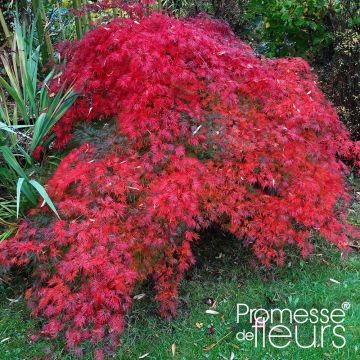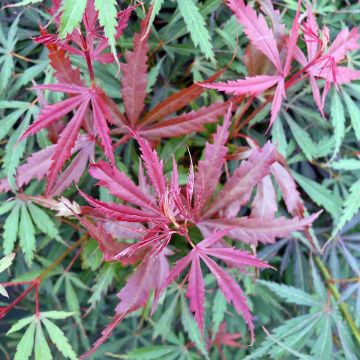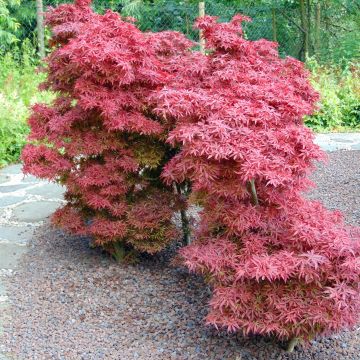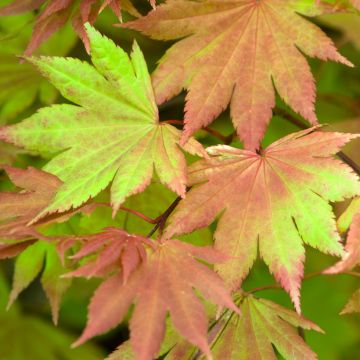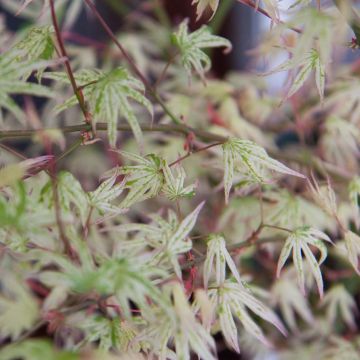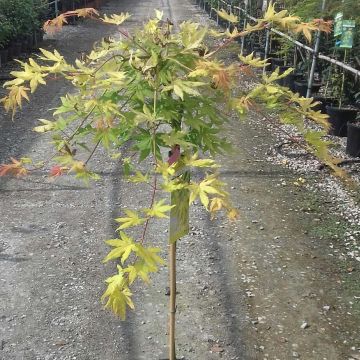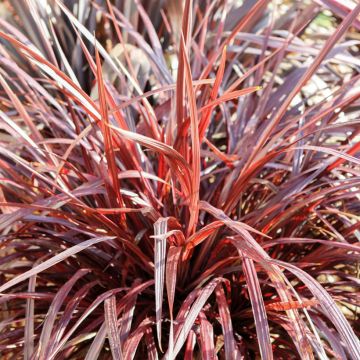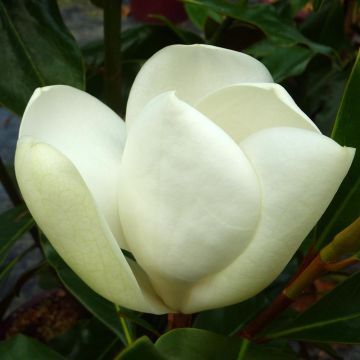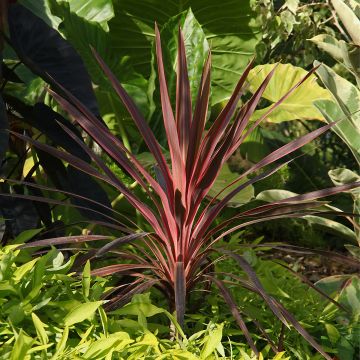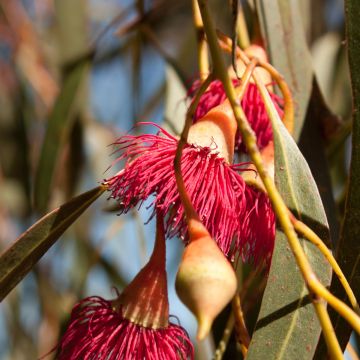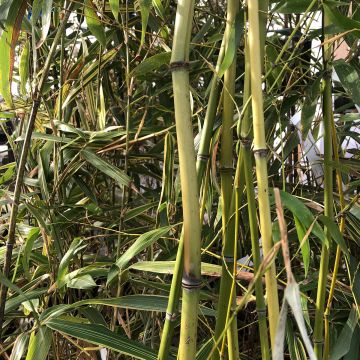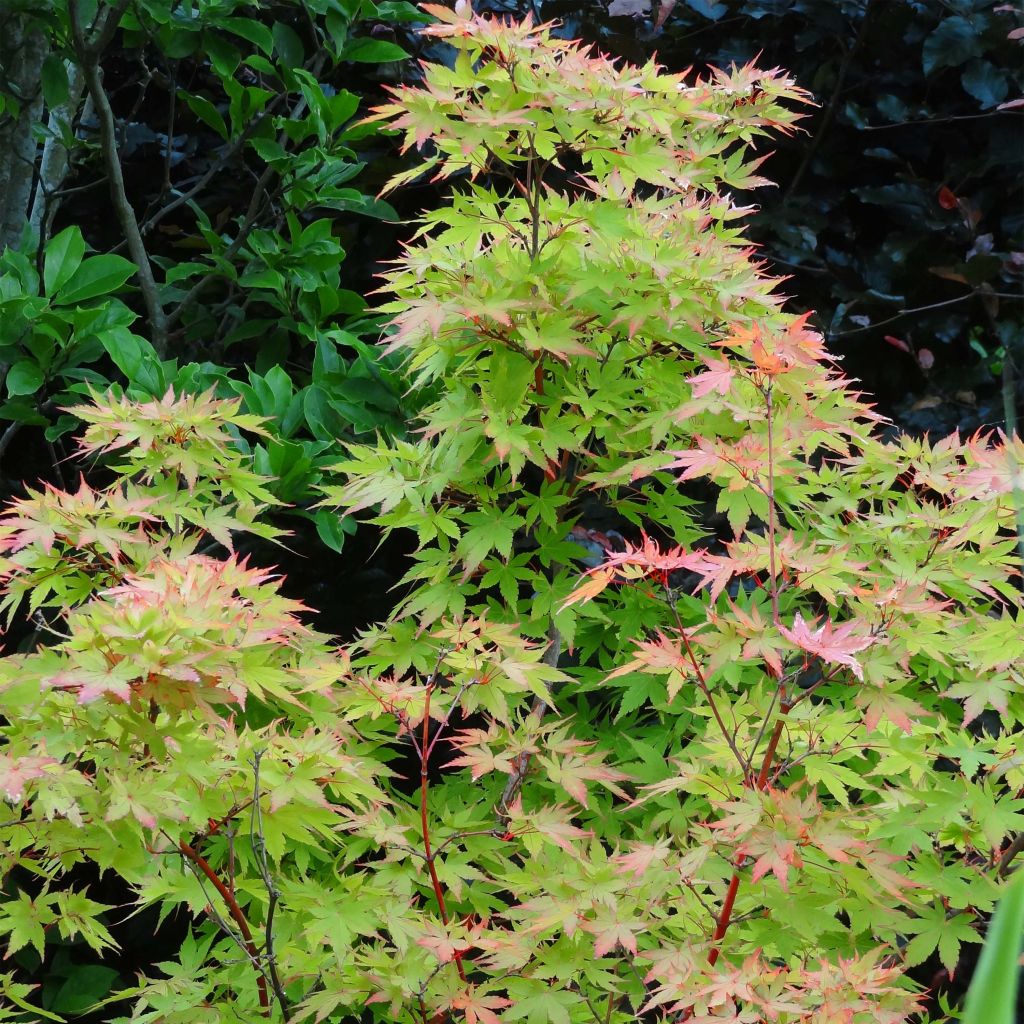

Acer palmatum Sangokaku - Japanese Maple


Acer palmatum Sangokaku - Japanese Maple
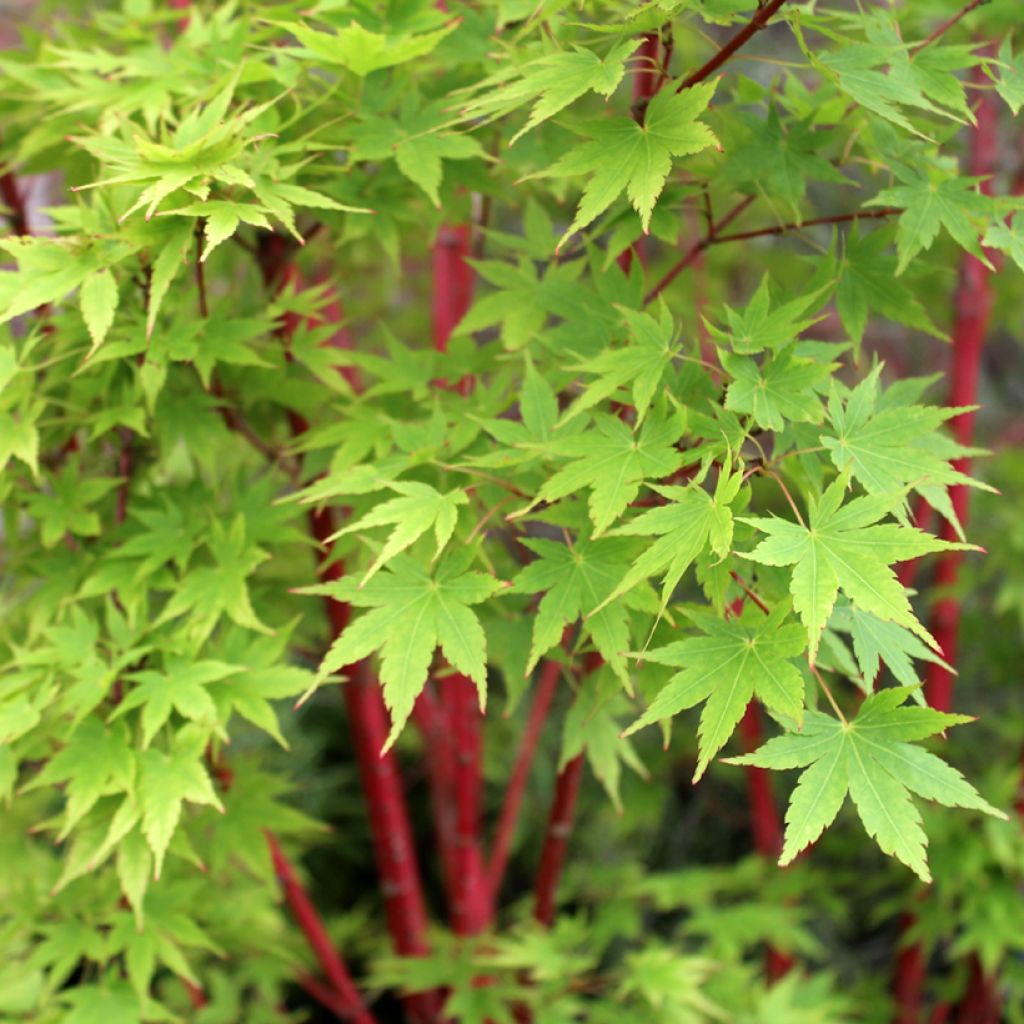

Acer palmatum Sangokaku - Japanese Maple
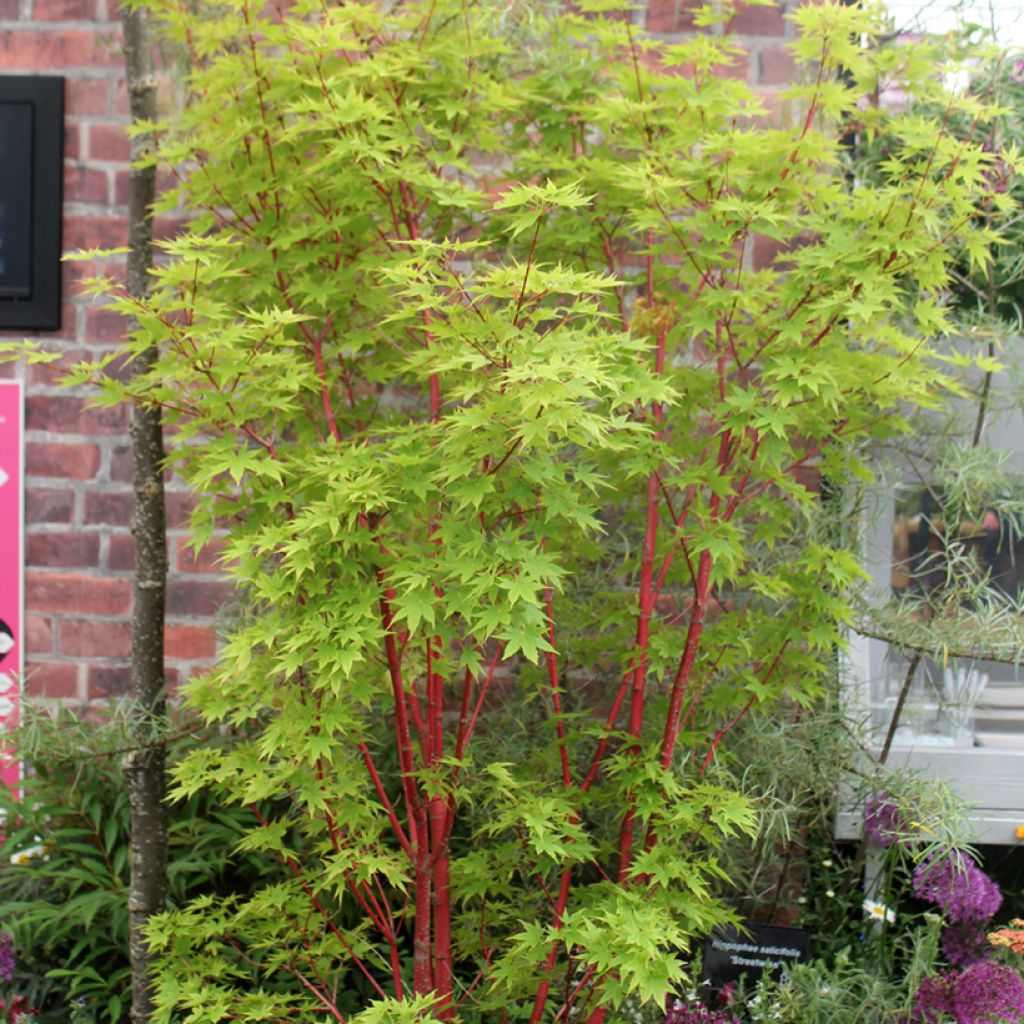

Acer palmatum Sangokaku - Japanese Maple
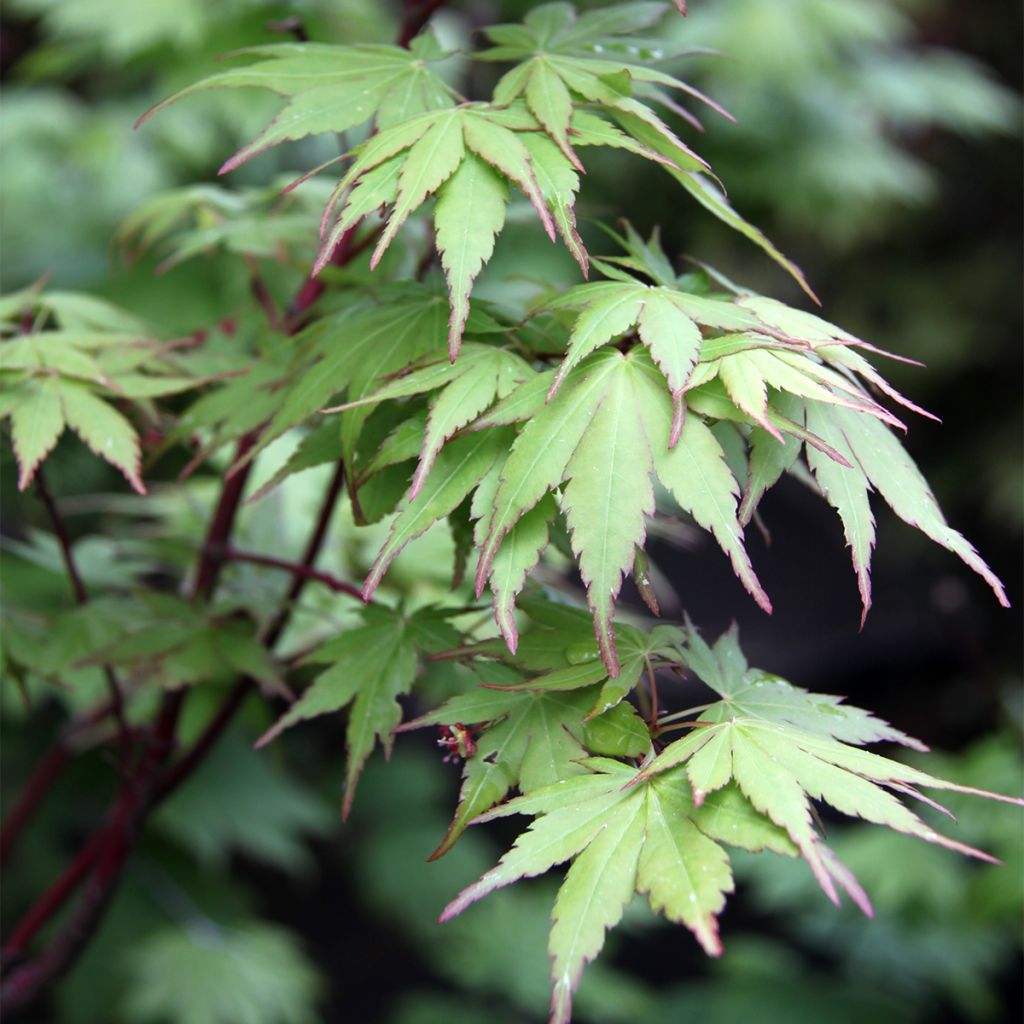

Acer palmatum Sangokaku - Japanese Maple
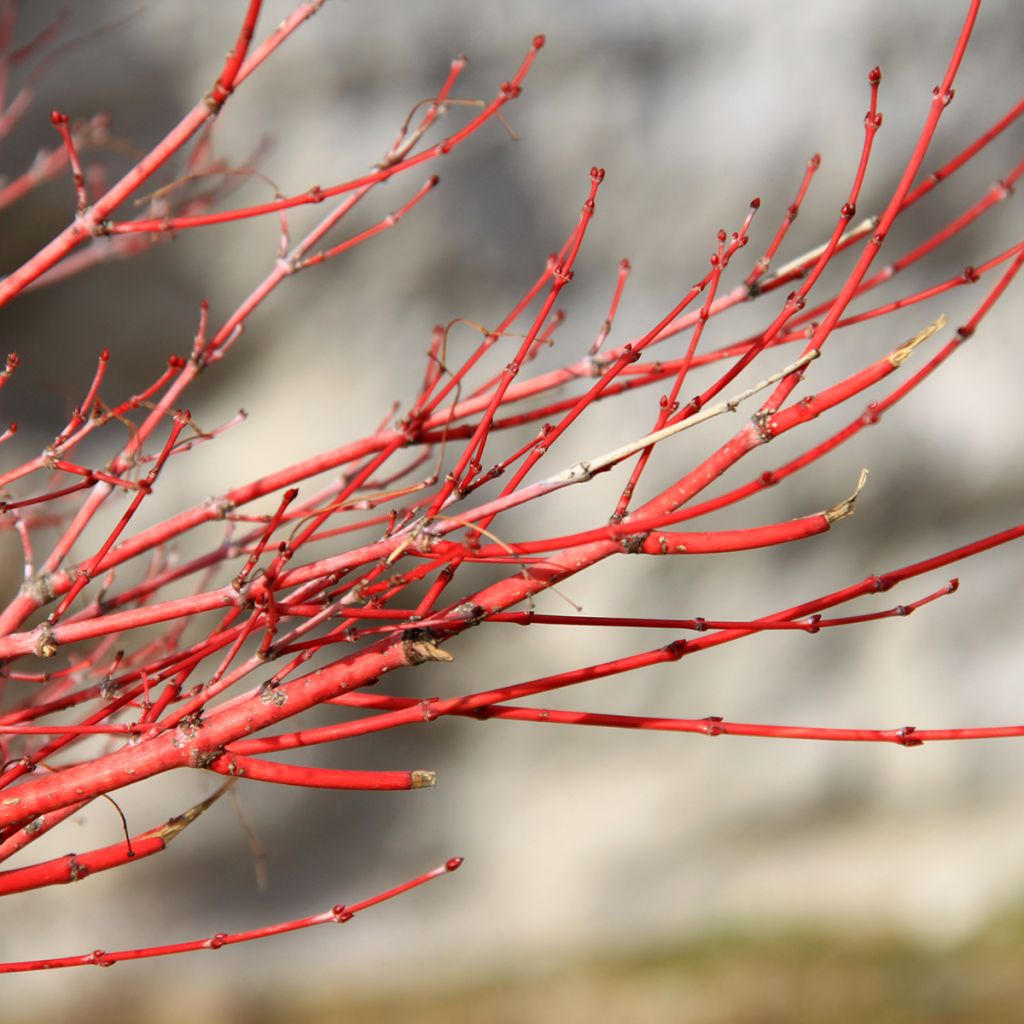

Acer palmatum Sangokaku - Japanese Maple
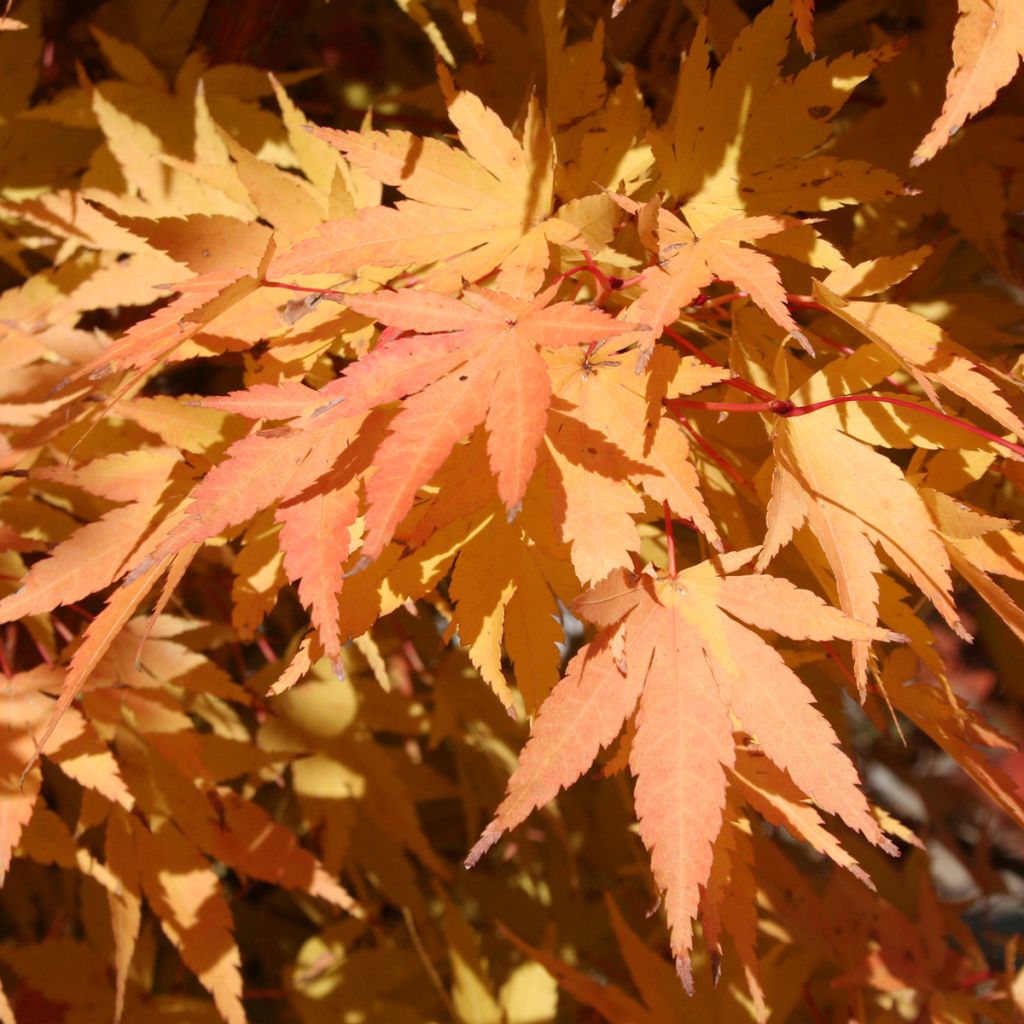

Acer palmatum Sangokaku - Japanese Maple
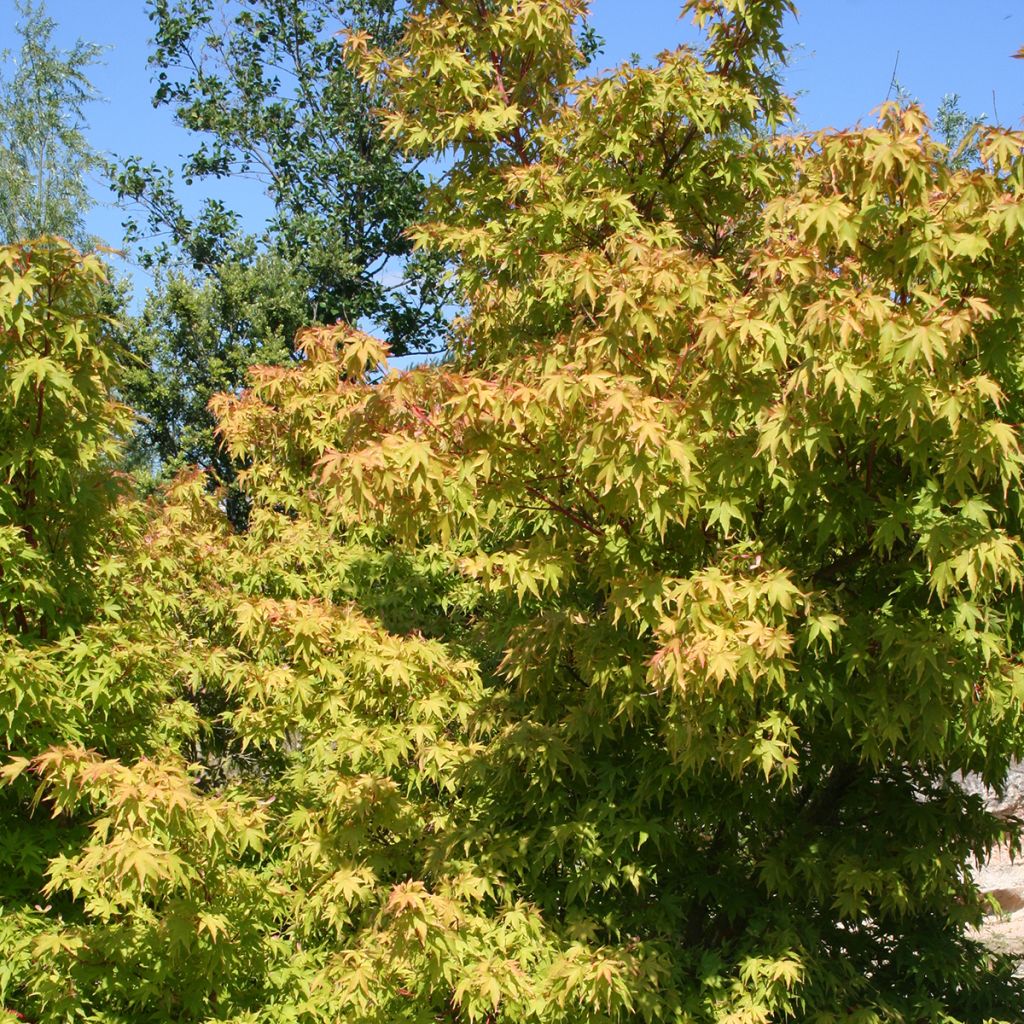

Acer palmatum Sangokaku - Japanese Maple


Acer palmatum Sangokaku - Japanese Maple
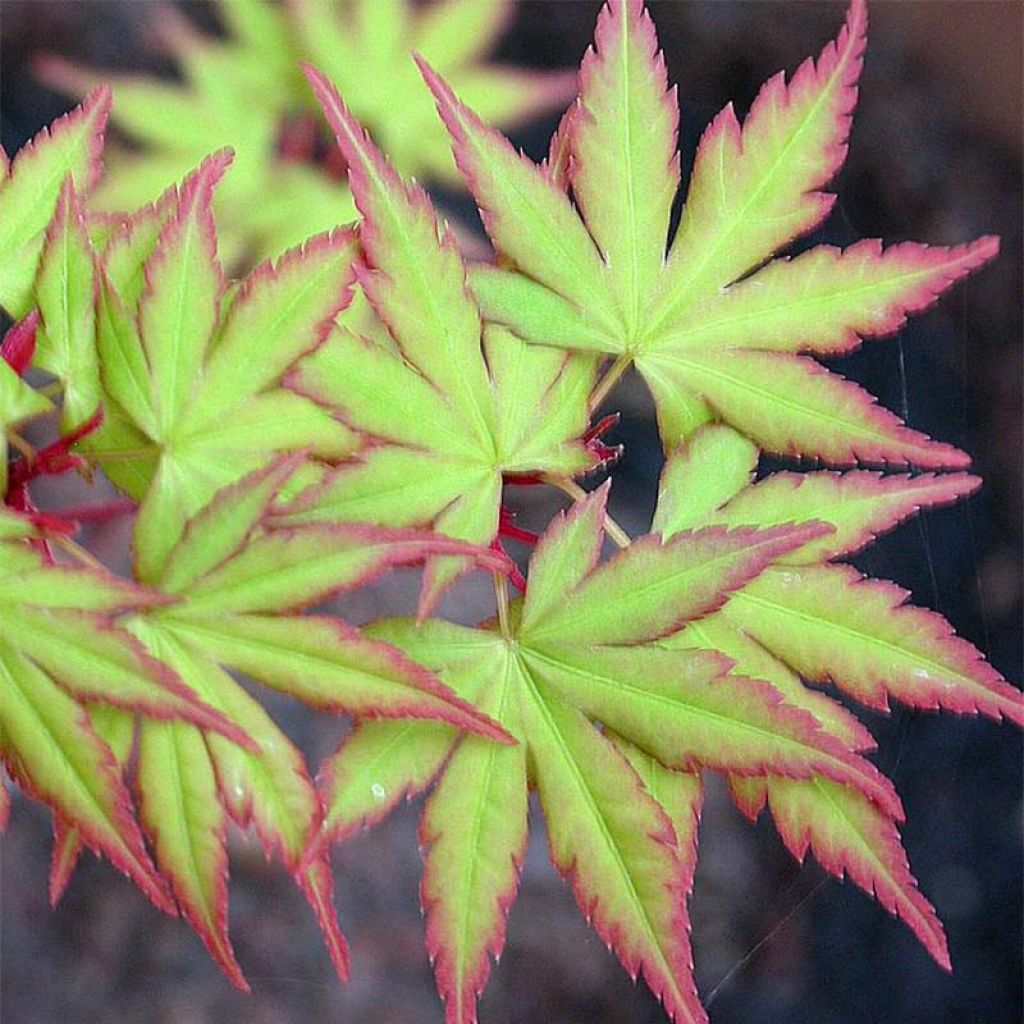

Acer palmatum Sangokaku - Japanese Maple


Acer palmatum Sangokaku - Japanese Maple
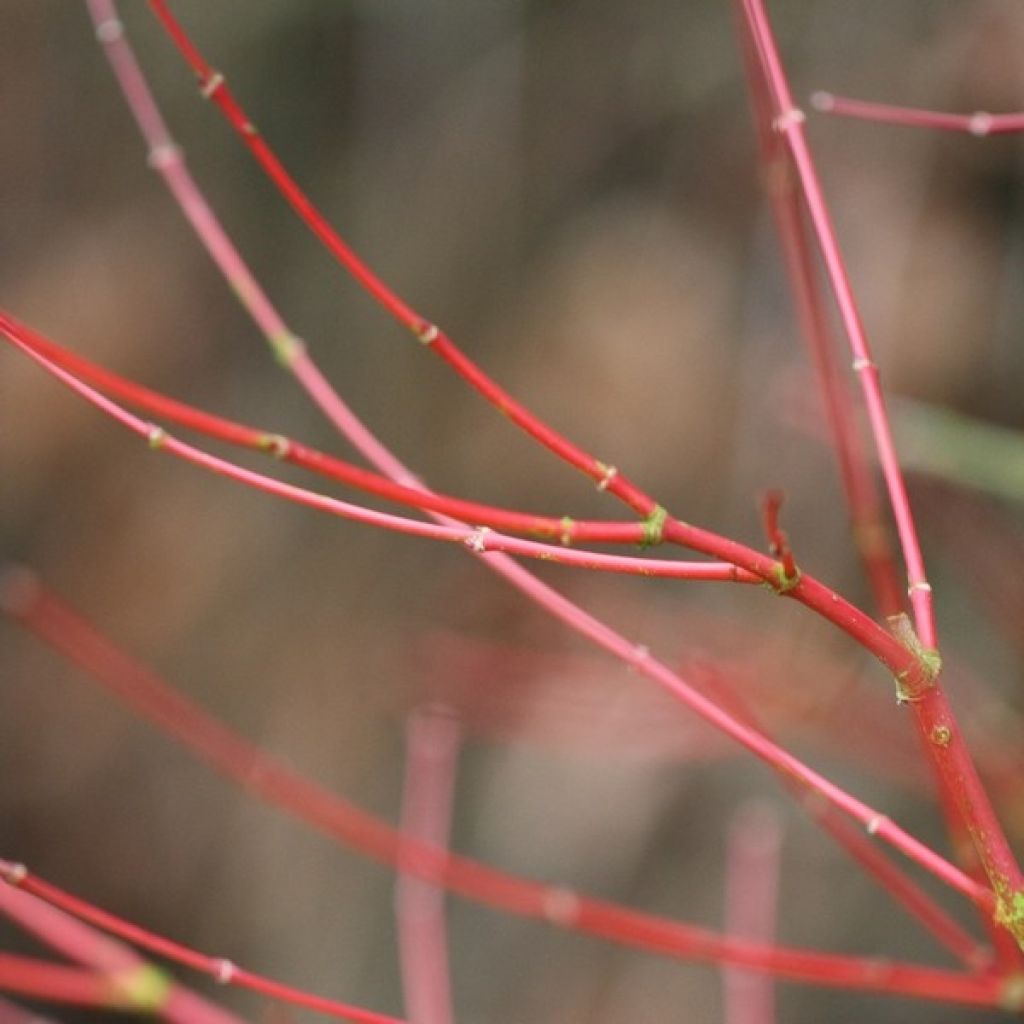

Acer palmatum Sangokaku - Japanese Maple
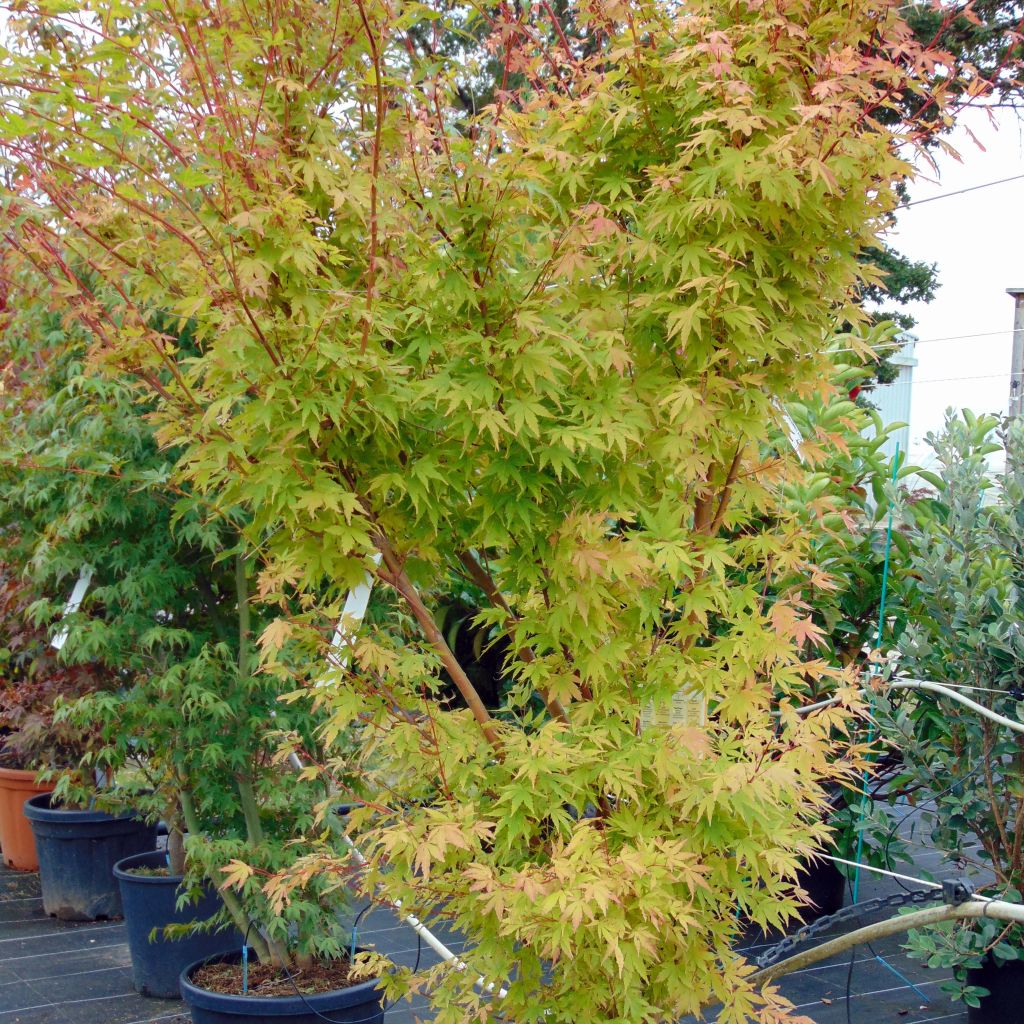

Acer palmatum Sangokaku - Japanese Maple
Acer palmatum Sangokaku - Japanese Maple
Acer palmatum Sangokaku
Japanese Maple, Palmate Maple
Tree arrived in perfect condition
Laurent, 17/02/2024
Special offer!
Receive a €20 voucher for any order over €90 (excluding delivery costs, credit notes, and plastic-free options)!
1- Add your favorite plants to your cart.
2- Once you have reached €90, confirm your order (you can even choose the delivery date!).
3- As soon as your order is shipped, you will receive an email containing your voucher code, valid for 3 months (90 days).
Your voucher is unique and can only be used once, for any order with a minimum value of €20, excluding delivery costs.
Can be combined with other current offers, non-divisible and non-refundable.
Home or relay delivery (depending on size and destination)
Schedule delivery date,
and select date in basket
This plant carries a 24 months recovery warranty
More information
We guarantee the quality of our plants for a full growing cycle, and will replace at our expense any plant that fails to recover under normal climatic and planting conditions.

Would this plant suit my garden?
Set up your Plantfit profile →
Description
Acer palmatum 'Sangokaku' (also known as Senkaki) is an interesting Japanese maple all year round, especially when winter reveals the coral red bark of its young branches. From spring to summer, its deeply cut foliage is the seat of a colour dance ranging from spring green-yellow-pink to summer green, before the autumnal blaze in red-pink-orange that ends in a golden yellow glow. This medium-sized variety, with a dense and rounded habit, will suit a small garden, in humus-rich and moist soil. Placed in a carefully chosen large pot, this unique and colourful bush will become the focal point of the terrace, even in the shade.
Originally from eastern China, Korea, and Japan, Acer palmatum is the origin of numerous horticultural varieties that compete in beauty. The Japanese palmate maple belongs to the Sapindaceae family. It is relatively hardy but cannot tolerate dry and cold winds and excessive limestone in the soil. The rather slow-growing 'Sangokaku' cultivar takes on a bushy and rounded habit over time, taller than wide, and is well-branched from the base. At maturity, it will reach an average height of 3 m (9.8 ft) and a spread of 1.75 m (5.7 ft) in open ground, slightly less if grown in a pot. This small tree has particularly beautiful bark, ranging in colour from pink to coral red when less than 2 years old. It develops deciduous leaves, deeply cut in the shape of palm leaves. In this variety, the spring foliage initially appears tender green tinged with yellow and pink, turns green in summer and then takes on beautiful autumn colours. The leaves are opposite, cut into 7 lanceolate and pointed lobes, with toothed edges and pointed tips. Discreet red flowers, often hidden by the foliage, bloom in May-June. The flowers, grouped in small clusters, sometimes produce a few winged fruits called samaras, 3 cm (1.2 in) long.
Acer palmatum 'Sangokaku' grows in non-limestone, moist, fertile, and well-drained soil, in all exposures, but must be sheltered from cold and dry winds. Compact but sculptural and colourful, it is suitable for small Japanese, exotic, or contemporary gardens, for ornamenting terraces and patios, as well as for large shaded rockeries. Azaleas, pieris, rhododendrons, wild camellias, and heathers will be its most beautiful companions. It can form a magnificent bonsai in the 'Chokkan' style (upright trunk bonsai), 'Yose-Ue' (forest bonsai), or 'Bonkei' (landscape on a tray). Combine several varieties of Japanese maples to vary the colours and structures of the foliage, and plant small evergreen ground cover plants at their base; the effect is always dazzling at the end of the season.
Report an error about the product description
Acer palmatum Sangokaku - Japanese Maple in pictures


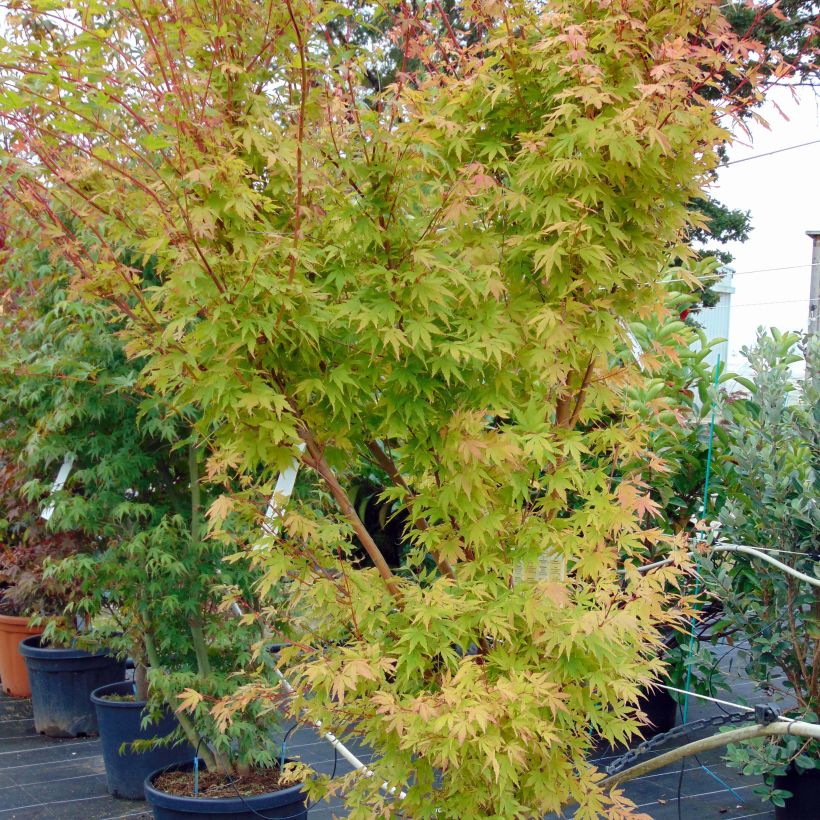

Plant habit
Flowering
Foliage
Botanical data
Acer
palmatum
Sangokaku
Aceraceae
Japanese Maple, Palmate Maple
Acer palmatum 'Senkaki'
Cultivar or hybrid
Other Japanese Maples
View all →Planting and care
Plant in spring or autumn in light, preferably neutral to acidic, deep, loose and well-drained soil, in a sunny, semi-shaded or even shaded position, sheltered from cold and dry winds. The soil should be kept moist by mulching in summer, if necessary, but should not be waterlogged in winter. Apply a significant amount of organic matter every 3 years to ensure a good humus content in the soil. Mist the foliage on hot evenings. Winter pruning is limited to balancing the branches. Treat preventively against scale insects and Verticillium, a fungal disease that occurs in heavy and overly wet soil.
Planting period
Intended location
Care
-
, onOrder confirmed
Reply from on Promesse de fleurs
Similar products
Haven't found what you were looking for?
Hardiness is the lowest winter temperature a plant can endure without suffering serious damage or even dying. However, hardiness is affected by location (a sheltered area, such as a patio), protection (winter cover) and soil type (hardiness is improved by well-drained soil).

Photo Sharing Terms & Conditions
In order to encourage gardeners to interact and share their experiences, Promesse de fleurs offers various media enabling content to be uploaded onto its Site - in particular via the ‘Photo sharing’ module.
The User agrees to refrain from:
- Posting any content that is illegal, prejudicial, insulting, racist, inciteful to hatred, revisionist, contrary to public decency, that infringes on privacy or on the privacy rights of third parties, in particular the publicity rights of persons and goods, intellectual property rights, or the right to privacy.
- Submitting content on behalf of a third party;
- Impersonate the identity of a third party and/or publish any personal information about a third party;
In general, the User undertakes to refrain from any unethical behaviour.
All Content (in particular text, comments, files, images, photos, videos, creative works, etc.), which may be subject to property or intellectual property rights, image or other private rights, shall remain the property of the User, subject to the limited rights granted by the terms of the licence granted by Promesse de fleurs as stated below. Users are at liberty to publish or not to publish such Content on the Site, notably via the ‘Photo Sharing’ facility, and accept that this Content shall be made public and freely accessible, notably on the Internet.
Users further acknowledge, undertake to have ,and guarantee that they hold all necessary rights and permissions to publish such material on the Site, in particular with regard to the legislation in force pertaining to any privacy, property, intellectual property, image, or contractual rights, or rights of any other nature. By publishing such Content on the Site, Users acknowledge accepting full liability as publishers of the Content within the meaning of the law, and grant Promesse de fleurs, free of charge, an inclusive, worldwide licence for the said Content for the entire duration of its publication, including all reproduction, representation, up/downloading, displaying, performing, transmission, and storage rights.
Users also grant permission for their name to be linked to the Content and accept that this link may not always be made available.
By engaging in posting material, Users consent to their Content becoming automatically accessible on the Internet, in particular on other sites and/or blogs and/or web pages of the Promesse de fleurs site, including in particular social pages and the Promesse de fleurs catalogue.
Users may secure the removal of entrusted content free of charge by issuing a simple request via our contact form.
The flowering period indicated on our website applies to countries and regions located in USDA zone 8 (France, the United Kingdom, Ireland, the Netherlands, etc.)
It will vary according to where you live:
- In zones 9 to 10 (Italy, Spain, Greece, etc.), flowering will occur about 2 to 4 weeks earlier.
- In zones 6 to 7 (Germany, Poland, Slovenia, and lower mountainous regions), flowering will be delayed by 2 to 3 weeks.
- In zone 5 (Central Europe, Scandinavia), blooming will be delayed by 3 to 5 weeks.
In temperate climates, pruning of spring-flowering shrubs (forsythia, spireas, etc.) should be done just after flowering.
Pruning of summer-flowering shrubs (Indian Lilac, Perovskia, etc.) can be done in winter or spring.
In cold regions as well as with frost-sensitive plants, avoid pruning too early when severe frosts may still occur.
The planting period indicated on our website applies to countries and regions located in USDA zone 8 (France, United Kingdom, Ireland, Netherlands).
It will vary according to where you live:
- In Mediterranean zones (Marseille, Madrid, Milan, etc.), autumn and winter are the best planting periods.
- In continental zones (Strasbourg, Munich, Vienna, etc.), delay planting by 2 to 3 weeks in spring and bring it forward by 2 to 4 weeks in autumn.
- In mountainous regions (the Alps, Pyrenees, Carpathians, etc.), it is best to plant in late spring (May-June) or late summer (August-September).
The harvesting period indicated on our website applies to countries and regions in USDA zone 8 (France, England, Ireland, the Netherlands).
In colder areas (Scandinavia, Poland, Austria...) fruit and vegetable harvests are likely to be delayed by 3-4 weeks.
In warmer areas (Italy, Spain, Greece, etc.), harvesting will probably take place earlier, depending on weather conditions.
The sowing periods indicated on our website apply to countries and regions within USDA Zone 8 (France, UK, Ireland, Netherlands).
In colder areas (Scandinavia, Poland, Austria...), delay any outdoor sowing by 3-4 weeks, or sow under glass.
In warmer climes (Italy, Spain, Greece, etc.), bring outdoor sowing forward by a few weeks.































